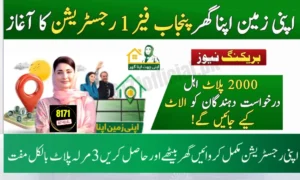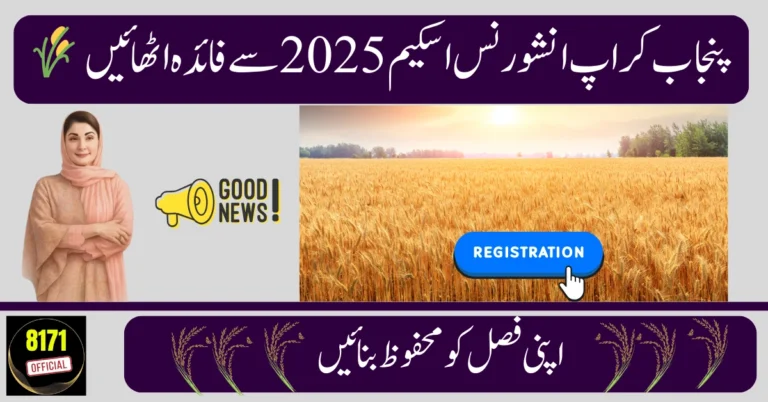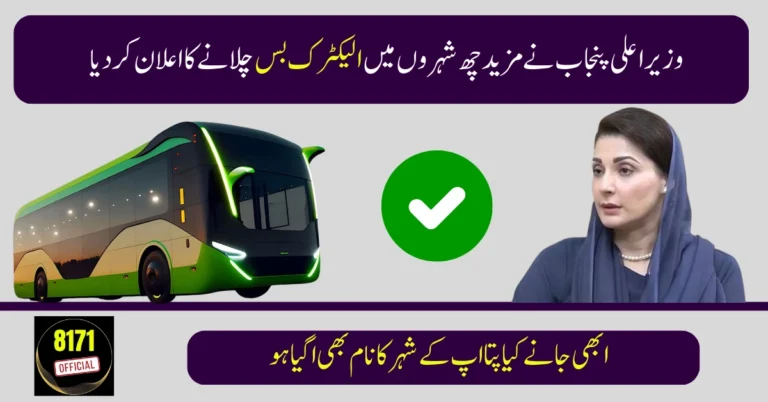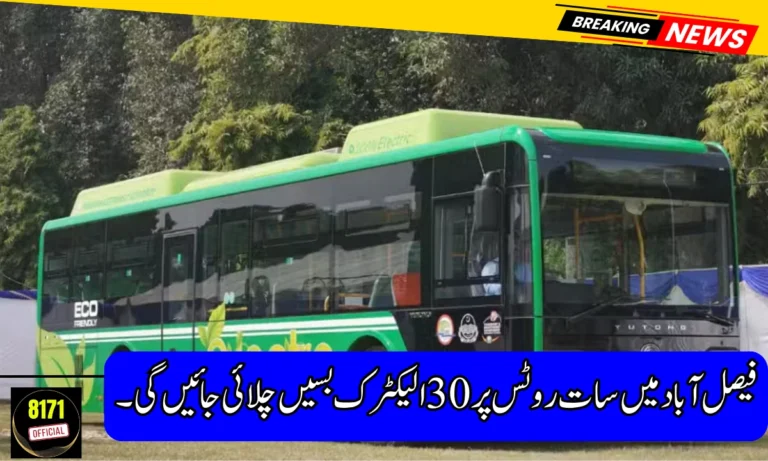The Apni Zameen Apna Ghar Scheme October registration has officially opened, bringing good news for families waiting to own their own land. In this phase, the government has announced the distribution of 2000 residential plots across selected housing projects. The scheme is specifically designed to support low and middle-income households, widows, and laborers, giving them access to affordable housing.
Applicants can register online or through facilitation centers with basic documents like CNIC and proof of income. To ensure fairness, the allotment process will be carried out through computerized balloting. This guide will help you understand eligibility, the registration process, and why this scheme is a golden opportunity for 2025.
Who Can Apply in the October 2025 Scheme?
-
Families without permanent housing
-
Low and middle-income earners
-
Widows, disabled citizens, and laborers (priority category)
Step-by-Step Registration Process
| Step | Action |
|---|---|
| 1 | Visit the official housing scheme portal or facilitation center |
| 2 | Complete the online form with CNIC & family details |
| 3 | Attach income proof and required documents |
| 4 | Submit registration fee (if applicable) |
| 5 | Wait for computerized balloting results |
Why 2000 Plots Distribution is Important
With rising rents and housing shortages, this scheme creates a real chance for families to secure property ownership. By offering 2000 affordable plots, the government is making progress toward housing relief in 2025.
Conclusion
The Apni Zameen Apna Ghar October scheme is a timely opportunity for deserving families. Complete your registration today, keep your documents updated, and secure your chance in the 2000-plot distribution.
FAQs
When did registration start?
Registration for the October phase has already started this month.
How many plots are available?
A total of 2000 plots will be distributed.
Is the application online?
Yes, through the official portal or facilitation centers.
What documents are needed?
Valid CNIC, proof of income, and family details.
How will selection be made?
Through transparent computerized balloting.
Who gets preference?
Widows, laborers, and low-income families are prioritized.













